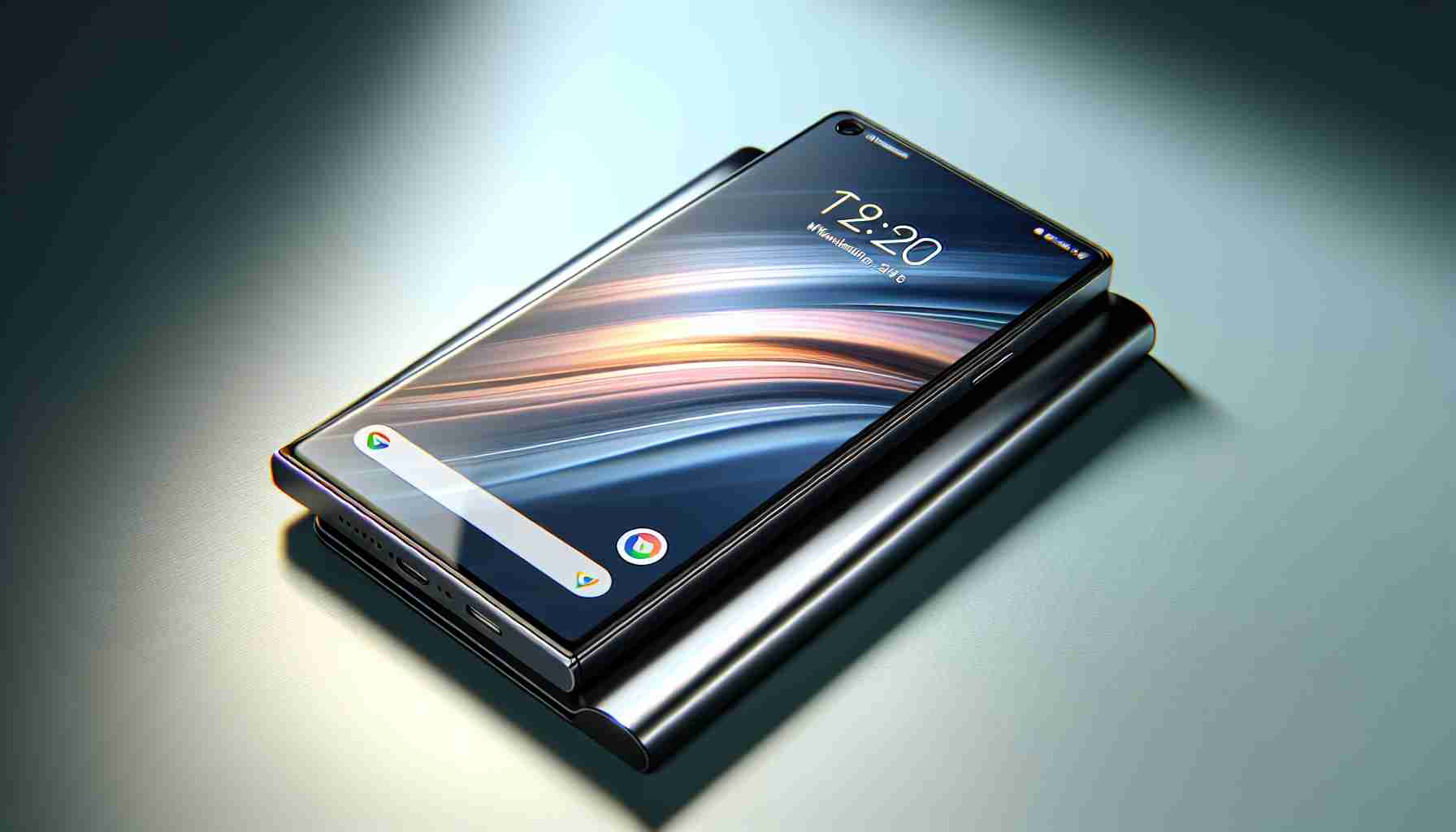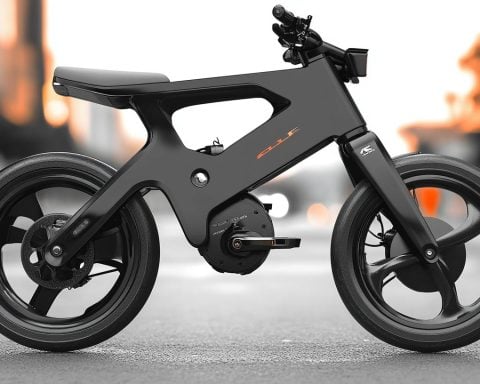The Huawei P30 Pro has made waves in the smartphone world, establishing itself as a top-tier option for those seeking excellent value and performance. Launched in March 2019, the P30 Pro continues to impress with its powerful features and stunning design.
At its core, the Huawei P30 Pro is powered by the Kirin 980 processor, ensuring swift performance whether you’re multitasking or gaming. With up to 8GB of RAM and 256GB of storage, it provides ample space and speed for all your needs.
One of the standout features of the P30 Pro is its remarkable camera system. Boasting a Leica quad-camera setup, it includes a 40MP SuperSpectrum sensor, a 20MP ultra-wide-angle lens, an 8MP telephoto lens, and a unique Time-of-Flight sensor. This setup allows for stunning zoom capabilities, including 5x optical zoom, 10x hybrid zoom, and an unprecedented 50x digital zoom, making it perfect for photography enthusiasts.
The P30 Pro also shines in terms of battery life. Its 4200mAh battery, paired with Huawei’s SuperCharge technology, ensures you’re always powered up. The phone also supports wireless and reverse wireless charging, adding further convenience.
With its sleek design, vibrant 6.47-inch OLED display, and innovative camera features, the Huawei P30 Pro offers a compelling choice at a reasonable price point, proving that you don’t need to compromise on quality for affordability.
The Hidden Impact of Smartphone Innovations on Future Technologies
The unveiling of devices like the Huawei P30 Pro signifies a promising avenue for technological progression. While it remains a celebrated device in the consumer market, its technological implications extend far beyond personal use, offering potential advancements in broader fields such as artificial intelligence (AI) and smart city development.
How do advanced camera systems influence emerging technologies? The integration of sophisticated camera systems, akin to the P30 Pro’s Leica quad-camera setup, brings about enhanced image processing and machine learning capabilities. This technology is pivotal in autonomous vehicles and security sectors, providing better object recognition and real-time data analysis. Moreover, the innovation in sensors introduces new dimensions for augmented reality (AR), driving both entertainment and practical applications, such as virtual home design.
Are there concerns with constant technological evolution? While these advancements herald exciting possibilities, they are not without controversy. A significant worry pertains to privacy and data security. The improved surveillance capabilities raise ethical questions about user consent and the management of collected data. Additionally, the rapid pace of innovation leads to shortened product cycles, exacerbating electronic waste challenges, posing substantial environmental concerns.
Advantages and disadvantages in a nutshell: The leap in processor and camera functionalities enhances efficiency and user experience. Yet, it necessitates a balance between technological growth and sustainable practices. The integration of eco-friendly materials and responsible recycling practices becomes crucial in addressing these challenges.
For more insights on technological trends, visit Huawei and explore their continuous contributions to technology evolution.



















